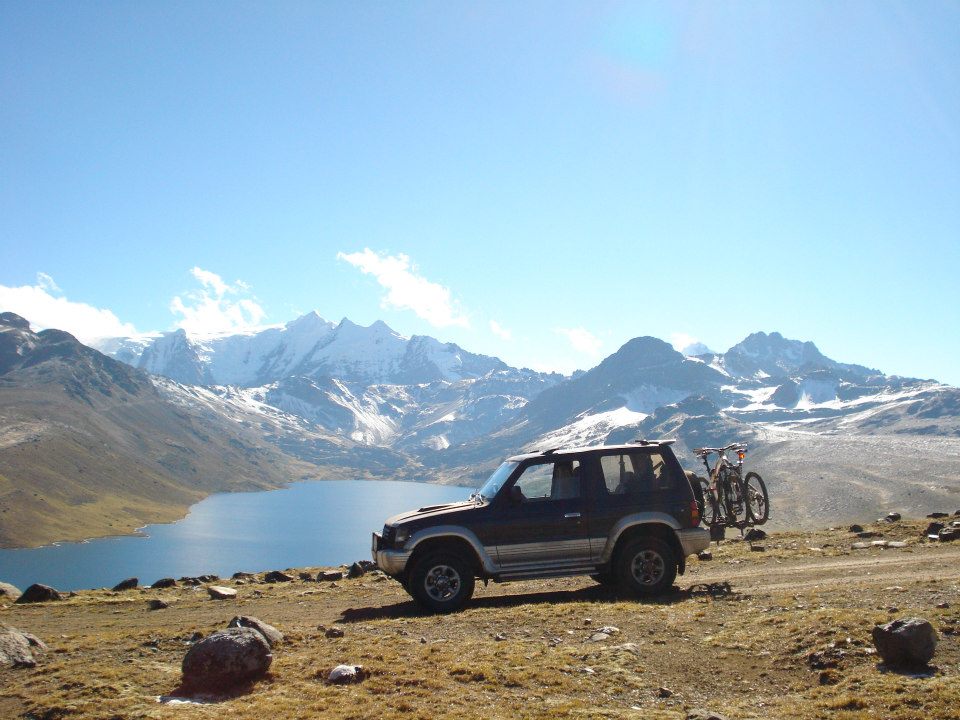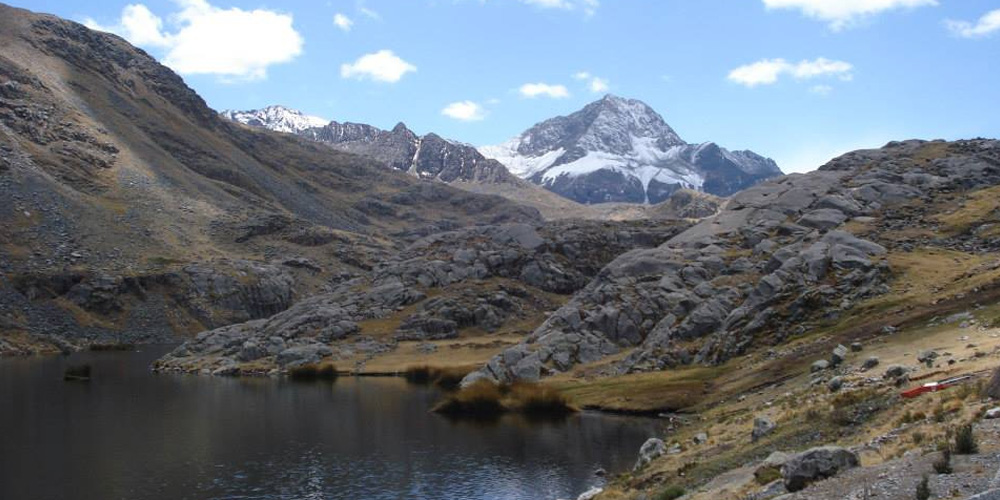Getting to know Yauyos
Southeast of Lima, a few miles ahead of Lunahuana, you will reach the limits of the rough and steep province of Yauyos, a place that proudly displays a variety of unspoiled landscapes man has not yet dared to change.
At Yauyos you will find deep river basins with steep slopes, valleys intersected by deep ravines, narrow gorges and plentiful plains.
It features a wide range of ecosystems, with elevations that range from 5,000 feet above sea level in the town of Omas to over 15,000 feet in the village of Tanta, comprising the altitudinal floors of Yunga, Quechua, Suni, Puna and Janca.
The majority of its populated areas are located in the Quechua zone (between 7,500 and 11,500 feet asl). Yauyos is surrounded to the north by the province of Huarochiri and the Junin region; to the south by the Ica region; to the east by the Huancavelica and Junin regions, and to the west by the Huarochiri and Cañete provinces, both located in the Lima region.
Its beautiful landscapes are, hence, one of its most important assets, which is why it is part of the North Yauyos Cochas Landscape Reserve, alongside a good part of the Jauja province, in the Junin region.
Spread throughout the province there is a series of beautiful lagoons, with their natural mirror-like surfaces and spring-fed pools serving as a vital source of water for farming, livestock, and the human population. Furthermore, it is home to several important archaeological sites.
The weather is generally dry and mild; with rain falling periodically between December and March. Temperatures drop considerably at night and warm clothes are strongly recommended. However, during sunny days it is possible to enjoy a visit to the lakes. The best season for visiting Yauyos is between May and October.
Sports: Yauyos is a prime location for adventure sports: Paragliding, parasailing, rock climbing, rafting, kayaking, or mountain biking are among the most popular. For those who enjoy fishing there is the Wayo lagoon, where exquisite trout can be found. For mountain climbers, the Raura mountain range stands tall at an impressive 18,700 feet asl.
Climate: Yauyos welcomes travelers with a mild climate: warm during the day and cooling at night. The temperature ranges from 28 º to 16 ºC (82° – 16° F). The rainy season starts in December and lasts throughout March.
Rainfall standards are very varied, ranging from a mere1.15 inch of rain in the town of Catahuasi to up to over 3 feet in places like Yauricocha. The rainy season lasts from December to April, will often cause damage to roads.
Despite the stated difficult conditions, farming is the area’s main source of income. Laraos, Catania, Miraflores and Vitis are among the areas with extensive agricultural activity, as well as livestock grazing to a lesser extent. Most of the lands belonging to the communities of Tanta, Vilca and Huancaya are located at 11,800 feet asl and are mainly used for major livestock farming.
There are no hotels; yet most towns offer lodging facilities in family-owned inns, guesthouses and hostels, or managed by the communities and their authorities. Also, you may find “praderos” (meadows) where visitors seeking an adventurous time can camp at their own leisure.
In the areas with heavier tourist traffic, food is provided at the traveler’s request. Family-owned eateries and small restaurants can also be found near bus stations.
Among the most popular typical dishes you may want to try the cheese with potatoes, lahuachupe (typical chowder), barley patasca (traditional soup), trout chilcano (soup), fried trout, the pachamanca (made of meat and vegetables cooked over hot stones buried underground), roasted alpaca steak, churpucuy (fried guinea pig with a side of corn and broad beans) and pushto (toasted broad beans).

As previously stated, the area offers a variety of adventure sports options. The rivers and spring-fed lagoons of the area invite the fishing aficionado. Hunters will spot vizcachas (rodents) and partridges, and deer can be found at the base of snow capped mountains.
Trekking and mountaineering are also great options. Visitors will on many occasions be able to observe the caravans of students climbing walls along the Andes landscape or hiking the length of the Cañete river basin, specifically in Vitis, Huancaya, Vilca and Tanta.
